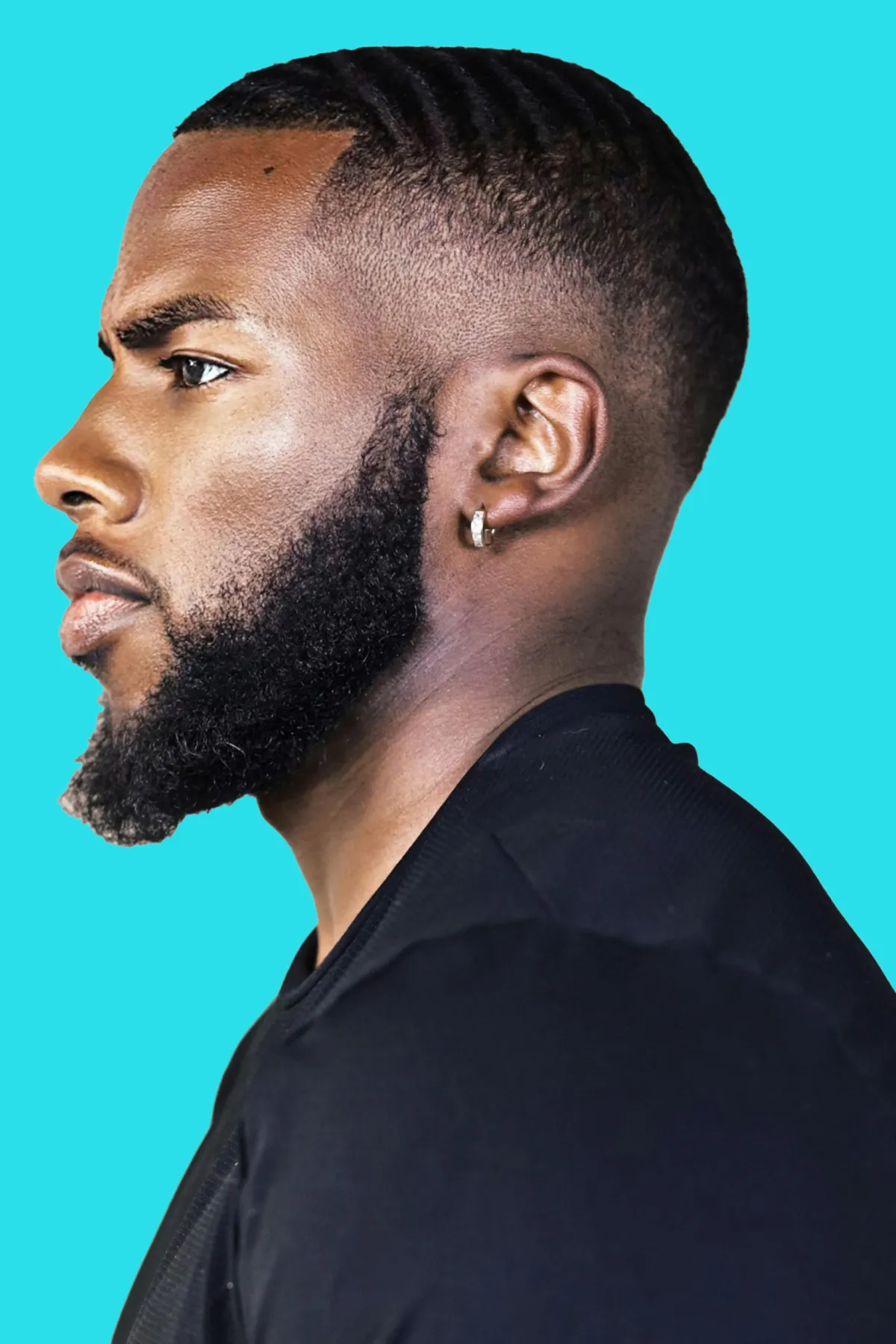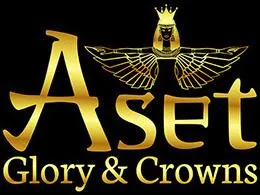
The One-Blade Renaissance: Why Every Black Man Should Reconsider His Razor
The One-Blade Renaissance: Why Every Black Man Should Reconsider His Razor
There’s something quietly elegant about a single blade gliding across your skin. No gimmicks. No extra edges tugging and slicing. Just one sharp edge doing its job cleanly, confidently, intentionally. If you're a Black man wrestling with razor bumps, ingrowns, irritation, or just tired of the daily irritation in your beard game, this article is for you. I want to walk you through the history, the benefits, and the best practices of using a one-blade razor (whether a straight or safety single-edge) in a tone that feels like we’re just having a sit-down conversation. Let’s dive into why incorporating a one blade razor into your routine is the only way to shave. In the world where we are constantly rushing to get this done faster slowing it down will give you the smooth skin you deserve.
A Brief History of the Single Blade
To understand where we are, it helps to know where we came from. The story starts not with multiple cartridges or electric heads, but with old-school craftsmanship.
In 1762, a French cutler named Jean-Jacques Perret introduced a protective guard around a straight razor, inspired by the joiner’s plane. That guard concept was one of the first steps toward making shaving safer and more accessible to everyday men.
By the late 19th century, the idea of a safety razor with a removable blade was gaining traction. The Kampfe brothers, in 1875, patented a safety razor design that shielded the blade behind a guard, making the shave less dangerous.
King C. Gillette’s 1901 patent for a disposable double-edge blade accelerated the trend of razors with replaceable blades.
Meanwhile, straight razors (sometimes called cutthroats) persisted, especially in barbershops. Over time, the safety razor and its derivatives overtook the straight razor in popularity, largely because of convenience.
What’s often overlooked is that many early safety razors utilized single-edge blades rather than multi-edge systems. The core principle was: one blade, properly honed and guarded, is safer and simpler.
In modern times, the single-blade (“SE”) razor movement has seen a resurgence among shaving purists who want less irritation, more control, and a more sustainable approach. Brands that make SE razors often pitch them as solutions for razor burn and over-engineered cartridge headaches.
So, while multi-blade cartridges and electric shavers got all the hype over the past decades, the single-blade is no stranger—it's a comeback.
Why It Plays Well with Black Men’s Beards
If your beard hair is thick, curly, coarse, or prone to ingrowns (as many Black men’s are), the wrong razor can cause all kinds of trouble. But a one-blade razor, when used right, can reduce a lot of those headaches. Here’s why:
1. Less Tugging, Pulling, and Skin Stress
Multi-blade razors tend to pull a hair with the first blade before cutting it with the next ones. That tug-pull tug effect irritates skin, especially when hair is curly and wants to coil back in.
A single blade, by contrast, cuts clean without dragging. When you get the angle and pressure right, there’s very little “pull”—just a crisp slice through the follicle. That reduces microtrauma to your skin.
2. Fewer Ingrown Hairs & Razor Bumps
The medical term is pseudofolliculitis barbae — shaved hairs that grow back into the skin and inflame. Because Black men often have curly hairs that want to bend under the surface, shaving too close or tamping down too hard invites trouble.
Switching to a one-blade razor can reduce ingrowns: many users report fewer bumps after just a few shaves.
Dermatologists often caution against triple or quadruple blade systems for skin prone to razor bumps, recommending simpler systems instead.
3. More Control Over the Shave
When you have only one blade, you pay attention to your angle, stroke, pressure, and direction. That focus forces you to develop a better technique. Over time, you’ll know your facial geometry and have more command over what’s happening at the skin. Multi-blade systems often do the “thinking” for you—but that sometimes backfires.
4. Cost & Sustainability
Cartridge systems are expensive. Refill packs of multiple blades can run $10–$30 or more depending on your brand.
Single blades (especially in SE or double-edge form) are cheap—sometimes just pennies per blade. And since you're discarding less plastic (just a single steel blade, often recyclable), the environmental footprint is lower.
5. Better Healing, Fewer Repeat Passes
Because a one-blade razor is less aggressive, you’ll often need fewer passes over the same area. That means less irritation, and more time for your skin to heal between shaves (which is especially helpful in zones around the jawline, neck, or tricky curves).
How to Use a One-Blade Like a King
All that said, a one-blade razor demands respect and care. If you go in like you’re handling a multi-blade cartridge, you’ll nick yourself. Here’s how to do it right:
Pre-Shave Prep
1. Warm Water / Steam: Before you touch the blade, soften the hair. A hot shower or warm towel helps open pores and soften your beard.
2. Pre-Shave Oil: Especially for coarse Black facial hair, a good oil (like jojoba, grapeseed, or another non-comedogenic option) helps reduce drag and protect your skin. Check out our Asar Premium Beard Oil and never forget that all beard oils are not created equal.
3. Thick Lather: Use a quality shaving cream or soap, build up a rich, slick lather, and let it sit for 1–2 minutes so the follicles open further.
4. Know Your Grain: Study which direction your beard grows in different zones (cheek, jaw, neck). It’s not uniform. Always start shaving with the grain (that’s with the direction of growth).
Technique
Angle: The sweet spot is often around 30°. Too steep, and you’ll dig in. Too shallow, and you’ll drag.
Light Pressure: Let the weight of the razor do the work. Don’t push hard.
Short, Confident Strokes: Don’t try to scoop long arcs. Make shorter, confident passes.
Rinse Often: After every stroke, rinse your blade to clear debris. A clogged blade kills efficiency and causes drag.
Go Slowly in Sensitive Zones: Neck, jawline, and under the chin are trickier. Take extra time there.
Optionally Cross Grain: If your skin tolerates it and ingrowns aren’t a problem, you can do a second pass across the grain (not against). But this isn’t mandatory or always safe on sensitive spots.
Post-Shave Care
Cool Water Rinse: Close pores and soothe.
Alum Block (Optional): A light pass of an alum block can stop micro-nicks from bleeding.
Moisturizer / After-Shave Balm: Use one without harsh alcohol. Ingredients like aloe, witch hazel, or ceramides can calm your skin.
Regular Exfoliation: 1–2 times a week, gentle exfoliation helps lift trapped hairs and dead cells so hairs can grow out more cleanly.
Blade Rotation / Replacement: Don’t overuse a blade. Many men get best results by discarding after 3–5 (or fewer) shaves, depending on hair density. A dull blade is worse than no blade.
Addressing Common Concerns
“Isn’t it harder to learn?”
Yes, there’s a learning curve. At first you might nick yourself a few times. But that’s part of the deal. Over time you train your muscle memory, feel, and respect for the tool. Many shavers say the results are worth the patience. Use a slow and steady pace as this requires patience and if you are not comfortable some men just pay a barber that can do this for you on a regular basis.
“Will I get a dead-smooth shave?”
Yes, you can—if your technique and prep are good. But also, your “matte clean” doesn’t have to mean skin peeled back to the dermis. Especially for Black men, often a very close but healthy shave is preferable to chasing a razor-smooth finish with all the risks.
“What about beard trimming or shaping?”
A single blade is excellent for crisp lines. Use a short guard or freehand for edges, and then use your blade to define. Many barbers still use straight razors or one-edge tools for clean neckline, cheek line, and edges.
“Can one blade work for all face zones?”
Yes—but some guys keep a separate tool (like a trimmer or electric) for under-nose tight spots or fade zones. The single-blade handles the heavy lifting on the broader face and neck.
Real Voices, Real Results
Over on forums and grooming communities, many Black men credit their move to single-blade systems for reducing bumps and irritation.
Final Thoughts
When you switch to a one-blade razor, you’re doing more than switching a tool—you’re rethinking your relationship with your face. You shift from trying to overpower your skin to cooperating with it.
Yes, it will take patience at first. You might nick a few edges. But over time, you’ll learn your grain, your face’s quirks, and your ideal angle. You’ll shave with respect, not disregard. And if you’re dealing with razor bumps, ingrowns, or just daily irritation—well, the benefits often speak for themselves.
It’s time to try less—less blade, less tug, less damage—and more dignity at your mirror. For more information about how our amazing products can benefit your beard and skin visit us at asetbeauty.com.

